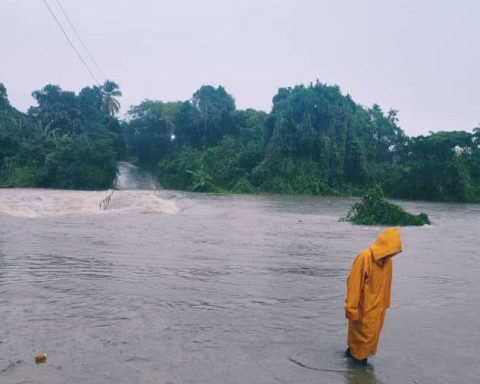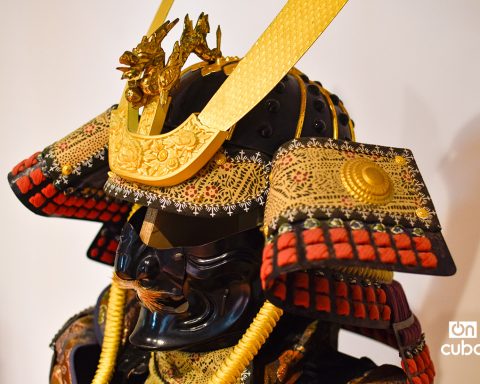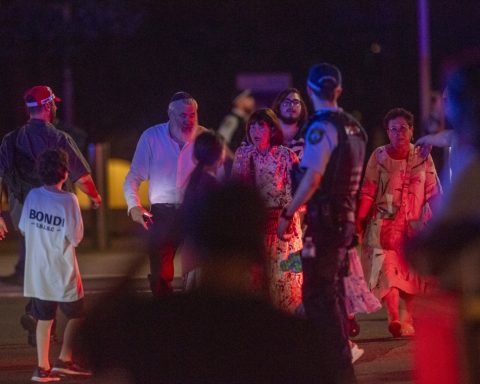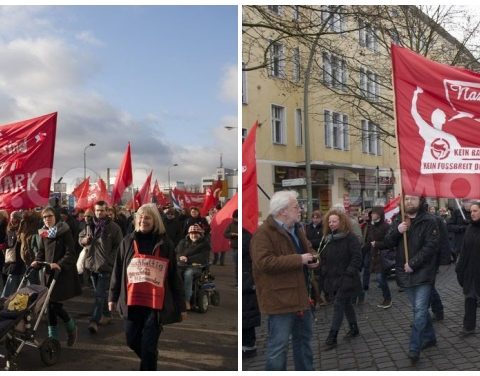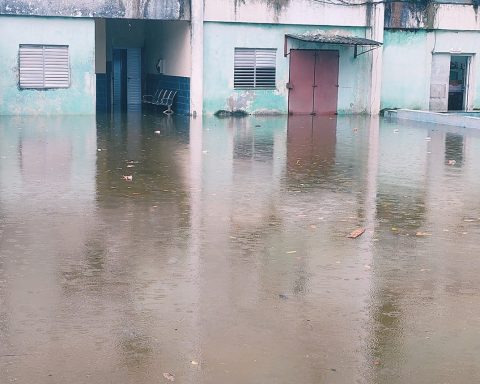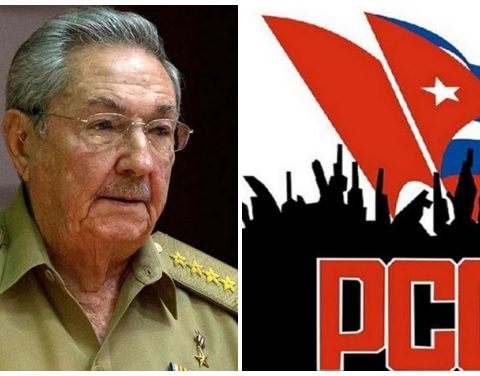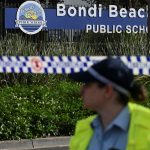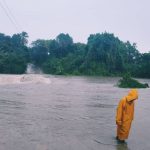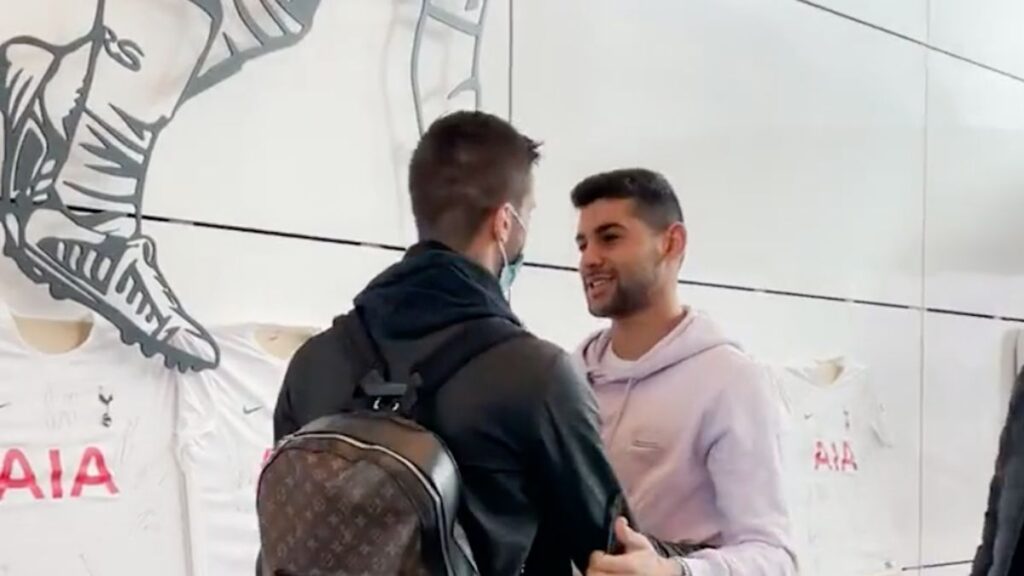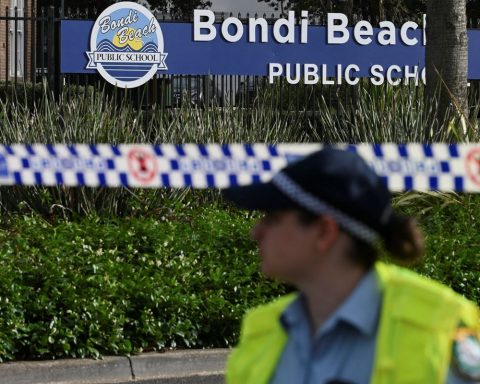He continues to be a permanent presence and a legend at the same time.
He was born 90 years ago -on February 6, 1932- in Lawton, Havana, in the home of the Spanish émigrés Emilia Gorriarán and Ramón Cienfuegos, a humble tailor, where he received an education based on strong civic values from childhood.
Very young he began to work for economic reasons and was unable to pursue higher education after spending a year at the elementary school attached to the San Alejandro Academy of Painting, Drawing and Sculpture.
He was practically unknown when he took part, without being a student, in demonstrations against the dictatorship of Fulgencio Batista, called by the University Student Federation (FEU) in homage and reparation to the national heroes Antonio Maceo and José Martí.
This is how he was wounded in the protest of the young people of the capital on December 7, 1955, in Maceo Park, and then attacked by Batista agents, arrested and booked in the Bureau for the Repression of Communist Activities (BRAC) on January 28, 1956, in the Central Park of Havana.
He then left for New York, where he heard about the revolutionary preparations of Fidel Castro and his companions in Mexico; He traveled there and was the last of the expeditionaries of the incorporated Granma yacht, a vessel that arrived at the Cuban eastern coast on December 2, 1956.
Camilo joined the initial rebel group; In the first year of the guerrilla, he walked the path from soldier to captain and Ernesto Che Guevara would baptize him “lord of the vanguard” because he was in the advance guard -of only four men- of Column One commanded by Fidel and later as platoon leader vanguard of Column Four.
On April 16, 1958, he gained the rank of commander during his 53-day incursion into the plains with a small guerrilla troop that had left “El Dorado” on March 31, Sierra Maestra, the first to operate outside the protection of the mountains, making a triangle between Las Tunas, Holguín and Bayamo.
He was the man of a thousand anecdotes, created naturally as he passed by and imprinted on everything “the precious distinctive that so few manage to leave behind, in every action,” said Che Guevara.
“When time passes and those two years of struggle in the Sierra and that first year after the victory are just a few small lines, Camilo’s name will necessarily have to be written on them,” he said.
INDESIGNABLE WORK
Commander Camilo carried out, like Che, the feat of the invasion of Las Villas; There he took over the hills and plains of the north towards Yaguajay, where after 10 days of fierce combat the barracks surrendered on December 31, 1958.
His forces triumphantly entered Havana and occupied, on January 2, 1959, the Columbia military camp, the main fortress of the tyranny, a fact that paralyzed a coup attempt by elements of the old regime.
Six days later, Havanans cheered the Caravan of Victory and at nightfall, they also heard from the Columbia fortress that Am I doing well, Camilo?, by the leader of the Revolution Fidel Castro, a question that went down in history, asked in his first famous speech to the people of Cuba in the capital.
Silent, at his side, in the midst of the fluttering of white doves, the aforementioned was none other than the young commander exalted by the Indian poet Naborí (Jesús Orta Ruiz) in verses of his Triumphal March of the Rebel Army, who for days before had spread the radio and television.
“Camilo Cienfuegos passes by dazzlingly, / a hundred fires of glory light up his face.”
And it passed brilliantly, leaving in its wake thousands of anecdotes and actions such as the dissolution of the repressive bodies of the Batista dictatorship (February 18), the demolition of the walls of Columbia, which was delivered on September 14 to the Ministry of Education and converted in Liberty School City.
Perhaps nothing more real, then, was Camilo’s new entry into Havana, on the morning of July 26, 1959, at the head of a symbolic invading cavalry that departed long before Yaguajay, coinciding with a large concentration of peasants in the capital. , in support of the Agrarian Reform Law and Fidel.
Days before his last speech on October 26, he had aborted a counterrevolutionary outbreak in Camagüey.
This demonstration of people – he said very emotionally before thousands of compatriots – these peasants, these workers, these students who come to this Palace today, give us enough energy to continue with the Revolution, to continue with the Agrarian Reform, which will not stop before anyone or anything.
“Because today it is shown that just as 20,000 Cubans knew how to die to achieve this freedom and this sovereignty, there is an entire people willing to die, if necessary, for not living on their knees.”
To stop this very Cuban Revolution, he affirmed, an entire people would have to die and “…if this were to happen, Bonifacio Byrne’s verses would come true:… If it breaks into small pieces / it becomes my flag one day / our dead, raising the arms / will still know how to defend it».
Two days later, the cheerful combatant, who had been Chief of Staff of the Rebel Army since January 20 and had faced danger dozens of times, disappeared aboard a small Cessna plane on a flight from Camagüey to Havana.
In the game under a strong storm, nothing was further from irresponsible behavior; given his enormous responsibilities, the duty was also in the capital stalked by the counterrevolutionary enemy.
IT EMERGED FROM THE PEOPLE AND FOR THE PEOPLE
«…men like Camilo Cienfuegos emerged from the people and lived for the people. Our only compensation for the loss of a comrade so close to us is to know that the people of Cuba produce men like him,” Fidel Castro said in a radio-television appearance after two weeks of intense searching.
On October 28, 1959, it entered the calendar of memorable national dates. Year after year until it is a beautiful tradition, millions of Cubans cover the coasts with roses, flowers of all kinds, even being abroad, and if the sea is missing, they take them to rivers, lagoons or artificial water reservoirs.
Many parents gave this name to their children, including his friend and companion Ernesto Che Guevara; It is proudly carried by the International Center for Retinitis Pigmentosa, the University of Matanzas, an oil refinery and numerous institutions of various functions (schools, streets and factories).
The Camilo Cienfuegos School City was built in Caney de las Mercedes, Sierra Maestra, and inaugurated on July 26, 1960.
Almost at the same time, Camilo Cienfuegos City, Habana del Este, emerged, the first urban distribution built by the Revolutionary Government, declared a National Monument.
For a long time, his parents Ramón and Emilia, now deceased, accompanied the march of the residents, mainly children and young people, from the monument to the Hero of Yaguajay to the rocky coast.
In 1966 the first Camilo Cienfuegos school was created, primary and secondary education, for children and young men that people began to call “camilitos”, among them children of martyrs and rebel fighters.
The multiplied camilitos (of both sexes) study in the pre-university military schools throughout the country and since 1977 serve as a quarry for higher education for all the armed forces.
A good number of Cubans learned of his wanderings in the Sierra and the plain through the clandestine Radio Rebelde and word of mouth rumors in the last year of the revolutionary war, 1958.
But in just 10 months of 1959, the fame of the bearded guerrilla took over all the stages and his legend prevailed in the following years for immortality. Camilo Cienfuegos forever left an indelible mark on popular collective memory.
arb/MDV
Historian, journalist and contributor to Prensa Latina
Source link
